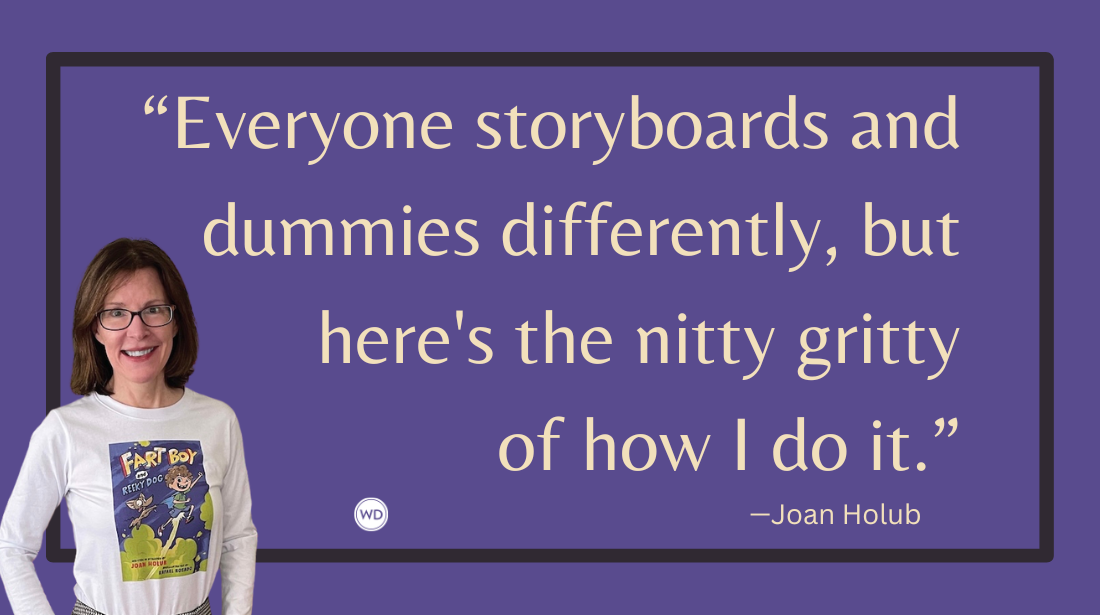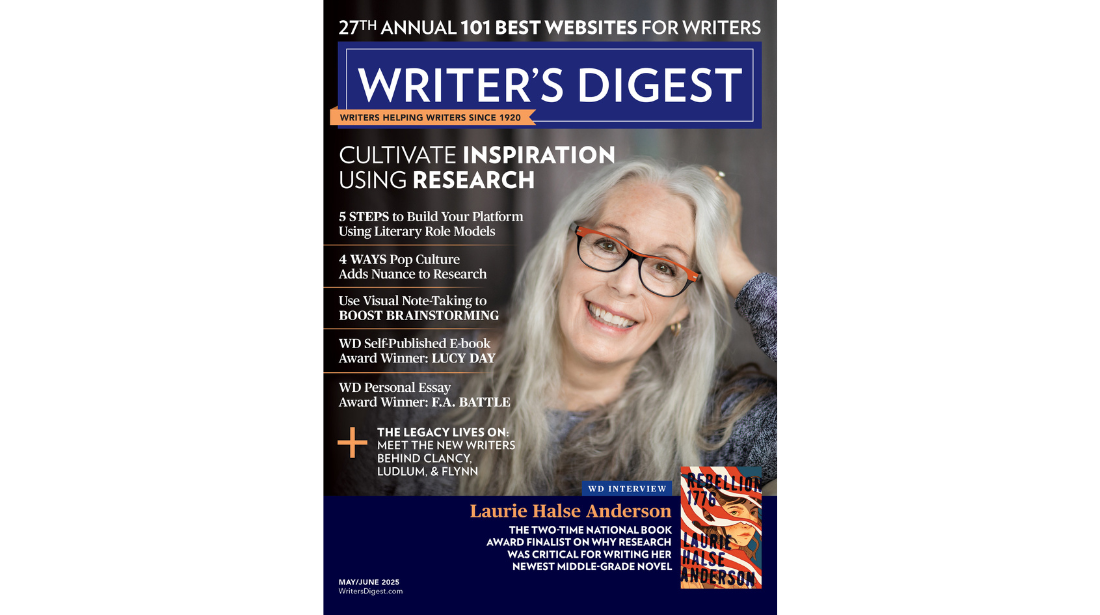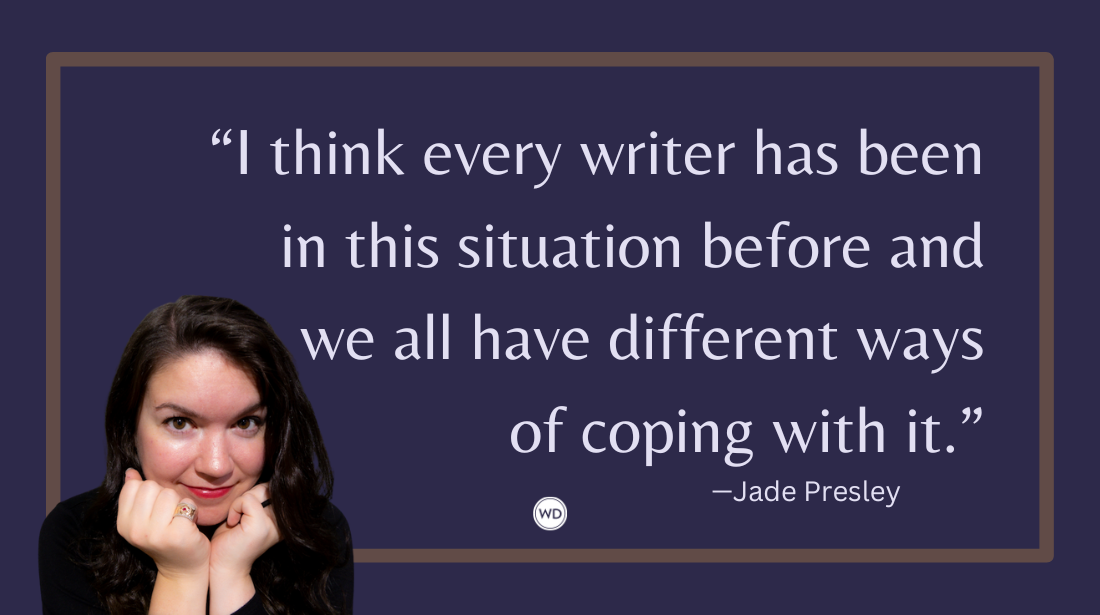Hazel Gaynor: On Fictionalizing Lesser Known Historical Stories
Author Hazel Gaynor discusses what lesser-known historical fact inspired her latest novel, The Last Lifeboat, and what made this novel especially challenging to write.
Hazel Gaynor is an award-winning, New York Times, USA Today, Irish Times, and international bestselling author. Her most recent historical novel, set in China during WWII—published in the UK, Ireland, Australia, and New Zealand as The Bird in the Bamboo Cage and in the USA and Canada as When We Were Young & Brave—was an Irish Times bestseller, a national bestseller in the USA, and was short-listed for the 2020 Irish Book Awards.
In this post, Hazel discusses what lesser-known historical fact inspired her latest novel and what made it especially challenging to write.
Name: Hazel Gaynor
Literary agent: Michelle Brower, Trellis Literary Management
Book title: The Last Lifeboat
Publisher: Berkley/PRH
Release date: June13, 2023
Genre/category: Historical Fiction
Previous titles: The Girl Who Came Home, A Memory of Violets, The Girl from The Savoy The Cottingley Secret, The Lighthouse Keeper’s Daughter, When We Were Young & Brave. And, with Heather Webb, Last Christmas In Paris, Meet Me in Monaco, Three Words For Goodbye.
Elevator pitch for the book: Two women’s lives become fatefully entwined when an evacuee ship carrying British children to Canada during WW2 is torpedoed in the Atlantic. Alice King finds herself adrift in a lifeboat with other survivors while, in London, Lily Nicholls desperately awaits news of her children. Told over eight unimaginable days, and inspired by true events
What prompted you to write this book?
While I was researching the history of WW2 evacuees and Operation Pied Piper—a mass evacuation campaign where Britain’s children were sent to the countryside from towns and cities most at risk of bombing raids—I came across the phrase ‘seavacuees’ and an account of an evacuee ship torpedoed in the Atlantic. Children being sent overseas was a less well-known evacuee story, but it was the remarkable account of a lifeboat of survivors, lost at sea for eight days, that sparked the idea for my story.
I imagined two women connected by the tragedy: one in a lifeboat with other survivors, the other in London, desperately awaiting news of her children. I wanted to tell a different story of the war, of ordinary women faced with extraordinary circumstances, of courage and survival and second chances.
I also wanted to write a story that asks the reader to consider what they would do if faced with the agonizing choices my characters confront. Regardless of how familiar a reader is with WW2 or that period of history, I’m sure we can all relate to the instinct to protect a child, but how far would we go to do that, and at what cost? It is the ‘what if’ and the consequence of choice that sits at the heart of The Last Lifeboat.
How long did it take to go from idea to publication? And did the idea change during the process?
I first discovered the account of the seavacuees in late 2019 and I finished editing The Last Lifeboat in January this year, so it has been a long journey from concept to finished novel. I also moved publishers with this book.
The idea never really changed, but the pacing and the beats of tension shifted and moved through the editing process as we found the shape of the story. I find it fascinating how much of writing is about understanding when to reveal pivotal events in the narrative and when to hold back. It makes a huge difference.
Were there any surprises or learning moments in the publishing process for this title?
My greatest surprise is always how difficult it is to find the right title for a book. There were a lot of discussions with my editors in the USA and the UK as we tried to find a title that would work for both territories. I tend to overcomplicate things and I’m learning (10 books in!) that it is usually the most obvious title that works in the end.
The other surprise was a shift in direction with my cover. I’d described my dream cover as cinematic as I really wanted to evoke the sense of isolation in the lifeboat. The art team at Berkley absolutely nailed it and the very first cover I was shown, designed by the brilliant Colleen Reinhart, is the one we used. That hardly ever happens!
Were there any surprises in the writing process for this book?
When writing anything based on true events, I’m always mindful of the fact that ordinary people like you and me lived through those moments, even if my characters are fictional. This was a particularly powerful and emotional story to write and although The Last Lifeboat is set over a much narrower timeframe than my previous books (essentially set over eight days, rather than several years), in many ways it was much harder to write.
The sense of confinement and claustrophobia In the lifeboat was particularly challenging to capture on the page. To depict the sense of fear and helplessness, and to write every scene in the same confined setting while maintaining a sense of tension, wasn’t easy. Reading survivor accounts was incredibly helpful and my editors really pushed me to get those scenes right.
What do you hope readers will get out of your book?
As with all my books, I hope readers will be immersed in the story and become emotionally connected with my characters. I also hope they might discover a part of history they weren’t aware of before reading the book but should never feel that they’ve attended a history lesson. I believe every book has a different message for every reader; that everyone will find within the pages whatever they were meant to find.
I’ve written 10 novels over the last 10 years, but I’m especially proud of The Last Lifeboat and the voice if gives to the young ‘seavacuees’ and an episode of the war that has been overlooked by more familiar narratives of WW2 fiction in recent years. I’ve always been drawn to epic stories of survival, especially those set at sea, and I’m so excited to share The Last Lifeboat with readers.
If you could share one piece of advice with other writers, what would it be?
Start writing, and finish what you start! It sounds obvious, but this is honestly the only way to find out if you really want to write, if you’re prepared to make sacrifices to find time to write, and if you have a story you want to tell.
Give yourself permission to write a messy first draft and don’t give up when it starts to feel too difficult. Every writer, no matter how experienced, goes through a period of doubt. Remind yourself that a first draft doesn’t have to be perfect, it just has to be written. Tell yourself the story first, then you can find out what you really want to say.
Robert Lee Brewer is Senior Editor of Writer's Digest, which includes managing the content on WritersDigest.com and programming virtual conferences. He's the author of 40 Plot Twist Prompts for Writers: Writing Ideas for Bending Stories in New Directions, The Complete Guide of Poetic Forms: 100+ Poetic Form Definitions and Examples for Poets, Poem-a-Day: 365 Poetry Writing Prompts for a Year of Poeming, and more. Also, he's the editor of Writer's Market, Poet's Market, and Guide to Literary Agents. Follow him on Twitter @robertleebrewer.








